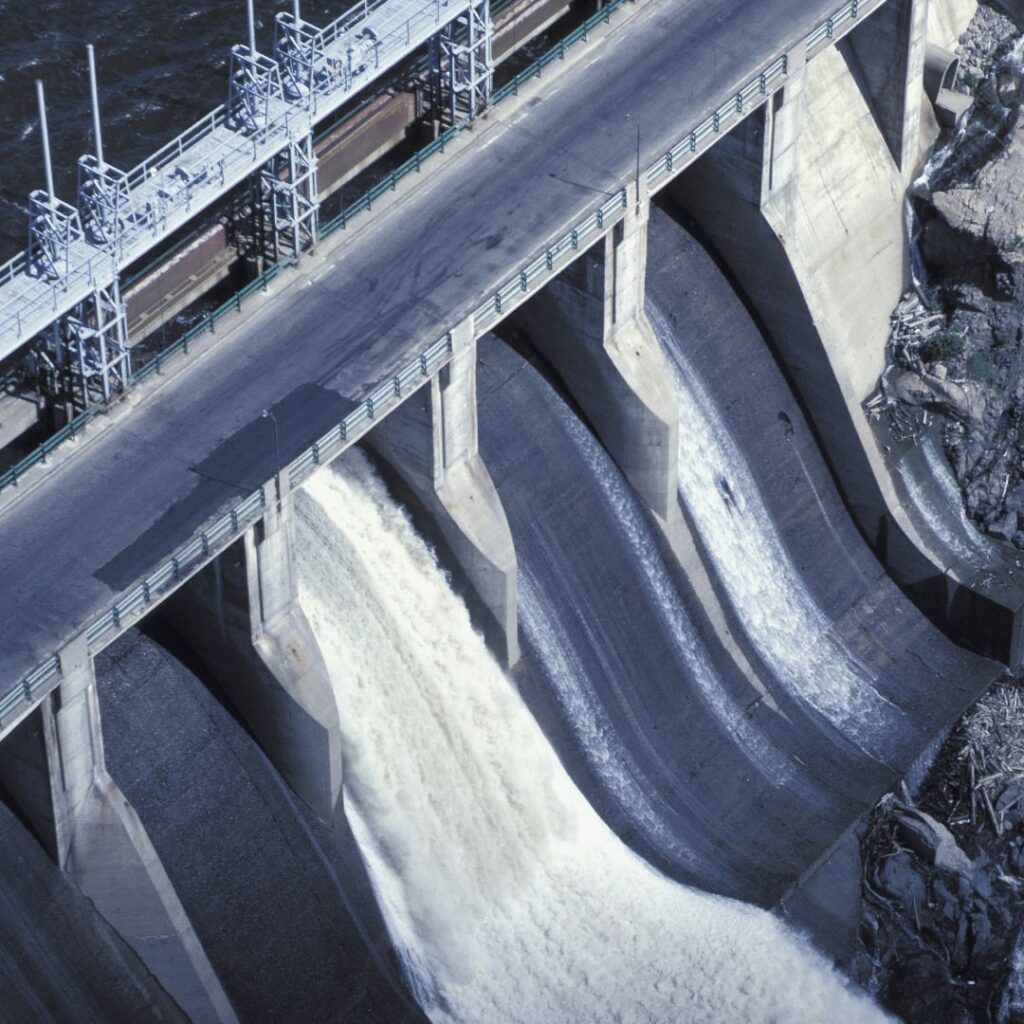Kalpasar Dam
The Kalpasar Project is an ambitious and visionary infrastructure initiative by the Government of Gujarat, aiming to create a vast freshwater reservoir in the Gulf of Khambhat (Khambat). Central to the project is the construction of a 30-kilometer dam across the Gulf, designed to harness and store runoff from major rivers such as the Sabarmati, Mahi, Dhadar, and Narmada, along with contributions from several Saurashtra rivers.
Key Objectives and Features:
Freshwater Reservoir: The primary goal is to store river runoff in a massive reservoir to meet the growing irrigation, drinking water, and industrial needs of Gujarat.
Enhanced Connectivity: A 10-lane expressway will be built atop the dam, drastically reducing travel time between Saurashtra and South Gujarat, and significantly improving regional trade and mobility.
Fisheries Development: The project includes the establishment of two major carp hatcheries, supporting both freshwater and saltwater fisheries. This will boost local fish production and generate livelihood opportunities for fishing communities.
Agricultural and Economic Boost: By providing a dependable source of irrigation and industrial water, Kalpasar is expected to stimulate agricultural productivity, industrial development, and overall economic growth across the region.
Once completed, the Kalpasar Project will stand as a landmark in India’s water resource management, integrating ecological sustainability with infrastructure advancement and regional prosperity.

Once the Gulf is closed, water levels within the reservoir can be managed, while tidal fluctuations outside the reservoir will continue. This setup allows for the harnessing of tidal energy. Beyond fresh water storage and tidal energy production, the Kalpasar project also aims to reclaim land, improve transportation, and develop fisheries. According to this project, a large fresh water reservoir will be created upstream of the dam by capturing the surplus waters of various rivers.
Highlights of Dholera Kalpasar Dam
- Spending began in earnest in 2004 and by 2018 INR 250 crore has been spent on various feasibility studies and surveys.
- By July 2019, 25 of the 43 feasibility studies for the ecological, environmental, social and financial impact, etc were complete, 8 more were underway, remaining 10 surveys will take 3 to 5 years to complete i.e. by 2021-23.
- Detailed Project Report (DPR) was intended to be completed by the end of 2018.
- As of 2018, no environmental or other clearances have been obtained for the Kalpasar dam.
- Meanwhile the construction of the Bhadhut barrage, which is a smaller component of the project, will commence from 2020.
- More than 30,000 MCM of water from Narmada river alone flows out annually into the sea due to the lack of storage capacity and dams, thus experts have been calling for a review of Gujarat’s Water Policy to expedite the Kalpasar project.
- Kalpasar dam: The size of Kalpasar dam has been reduced by shifting the alignment towards north, from Kala Talav village in Bhavnagar district to Aladar village north of Port of Dahej in Bharuch district.
- Kalpasar irrigation command and channels: Various canals and channels will be built in the Saurashtra to irrigate the farms from “Kalpasar dam”.

